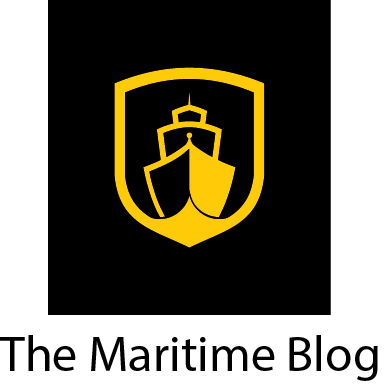The Sewol is reportedly in fragile shape: it suffered impact damage during the sinking; it corroded over the course of three years underwater; it has been partially lifted twice; and it is carrying more than its own weight in water and mud within the hull. The authorities observed the hull bending during the transfer, and they decided to stop the operation was about 50 yards inland from the edge of the pier.
“We lifted the Sewol onto the Mokpo New Port Steel Pier and saw deformation, such as warping or twisting of the hull,” said the Ministry of Maritime Affairs in a statement. “If the ship continues to move in this state, there is a danger of further deformation of the hull, and it is difficult to ensure safety.”
Next, the salvage team will move long support blocks underneath the lifting beams and lower and remove the modular transporters. Salvors will make preparations to enter the hull and begin a search for the remains of nine missing victims who are believed to have gone down with the ship.
On Saturday, an advance team of four workers entered the ferry at the forward end of the fourth deck. They retreated after a brief foray on fears that debris could collapse on them from the bulkhead above (the ferry is resting on its port side).
The loss of the Sewol was a national tragedy in South Korea: 304 people died, most of them schoolchildren, and the vessel’s captain was convicted of manslaughter and sentenced to life in prison. The ferry was raised in one piece following a public campaign led by families of the victims, who demanded that the government make all possible efforts to recover the final nine bodies. The remains of the other 295 victims have already been recovered, thanks to an intensive, months-long dive operation.




















